When you think of a Rat, what do you picture? Likely, you imagine a relatively large rodent with brown fur and a scaly tail. Though many different species of these rodents exist, the most commonly known are the brown and the black Rat. For our purposes, we will focus on the brown species, also known as the common Rat. Read on to learn about the Rat.
Description of the Rat
This species is a relatively large rodent with brownish fur, short legs, and a long scaly tail. Their underside coloration typically ranges between cream and light brown. Most adults measure about 15 in. long, including their tails. The largest individuals weigh about a pound, but domestic lab Rats sometimes exceed this weight.
Interesting Facts About the Rat
What could we possibly tell you about this common pest that would make you say “Wow!” Read on to find out.
- Ultrasonic Communication – In addition to their normal vocalizations, these rodents produce sounds at ultrasonic frequencies. Adults use these sounds in response to danger. The young also use ultrasonic calls to communicate with their mothers.
- Ultrasonic Chirp – One interesting ultrasonic sound is a “chirp.” Though you cannot hear it without special equipment, these rodents make this chirping vocalization while playing, mating, and in other pleasurable situations. Researchers have compared the sound to a human’s use of laughter.
- Favorite Foods – We all know that these creatures eat just about anything, but did you know that they have favorite foods? One study showed that they prefer scrambled eggs, cooked corn, and macaroni and cheese, among other foods.
- Model Organism – Researchers use lab Rats in many different medical studies. This is primarily because many different human diseases also occur in Rat Scientists pinpoint where these diseases occur on the Rat genome, and use this to compare and pinpoint the human disease.
Habitat of the Rat
Today, these rodents live almost exclusively in areas of human habitation. They live in ports, woodlands, dumps, sewers, barns, sheds, basements, attics, cities, suburbs, and more.
This species is one of the most adaptable in the world, and lives in a wide variety of different ecosystems and biomes. They occupy swamps, marshes, forests, woodlands, deserts, rainforests, and any number of habitats in close proximity to human dwellings.
Distribution of the Rat
Naturally, this species lives throughout vast regions of Eurasia. Their range extends through all of Europe, into Asia, and throughout the Asian Pacific islands. Researchers believe that the initial populations lived in northern China, but spread in the eighteenth century.
However, humans have introduced this species to virtually every corner of the globe. Nearly anywhere that humans live, these rodents live. You can find this species on every continent except Antarctica.
Diet of the Rat
This rodent is omnivorous, which means that they eat both plants and small animals. They are far from picky! Their diet contains just about anything that they can find. These rodents use their sense of smell and touch to find most of their food.
On the natural side of things, they eat seeds, berries, nuts, fruits, roots, bark, flowers, sap, lizards, eggs, insects, and more. Particularly in urban areas, they feed on carrion, garbage scraps, livestock feed, and more.
Rat and Human Interaction
Human activity is the sole reason that this species is so successful. Because of human cities, garbage, and production, they are arguably the most successful mammal species.
Their presence is certainly far from welcome. Humans view this creature as an agricultural pest and a harbinger of disease. They carry a number of communicable diseases. Surprisingly, it was the black Rat, not the brown, that spread the bubonic plague via its fleas.
Domestication
Humans have domesticated this species, particularly the albino specimens, for the purpose of laboratory research. This research is incredibly important to medical science, and researchers consider these rodents as a model organism for the study of genetic disease.
In addition to lab Rats, people have also bred “fancy” or pet Rats in a variety of colors and patterns.
Does the Rat Make a Good Pet
Yes, domestic pet Rats do make good pets. However, this does not mean you can go catch a Rat off of the streets and make it your pet! It might not give you the plague, but they carry a plethora of other parasites and diseases. Only captive bred domestic animals make good pets.
Rat Care
These creatures require slightly larger habitats than the house mouse. They prefer soft substrates, like shredded paper, to tunnel and burrow. You should also provide them with a number of different hiding spots. When properly socialized, they are quite friendly.
Like all rodents, they need various gnawing opportunities to grind down their teeth. You should also provide commercially produced rodent food, as well as fresh fruits and vegetables.
Behavior of the Rat
This species primarily forages at dusk and overnight, making it nocturnal. They forage just about anywhere, including dumps, pantries, kitchens, streets, and underground. Most take the same routes while searching for food, and wander across a wide area.
They typically forage alone, but live in large groups at their home nest. The largest males are the most dominant in these groups. All members of the group contribute to the food stores.
Reproduction of the Rat
These rodents can produce many litters in a single year. The gestation period lasts about 3 weeks, and litters contain about 10 pups. It takes between 3 and 4 weeks for the mother to wean the young, and they become independent about 1–2 weeks after. The young reach sexual maturity at three or four months of age.


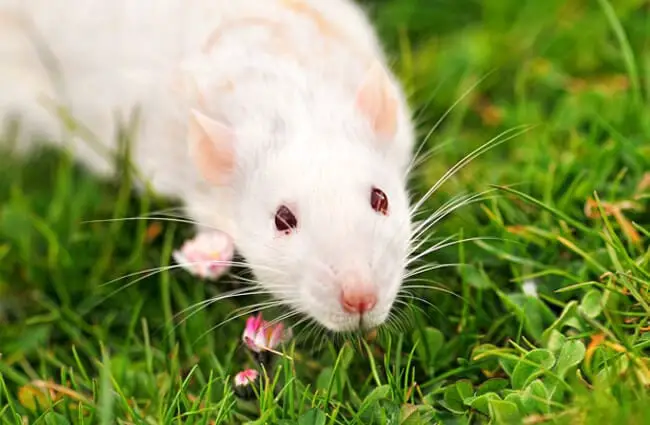


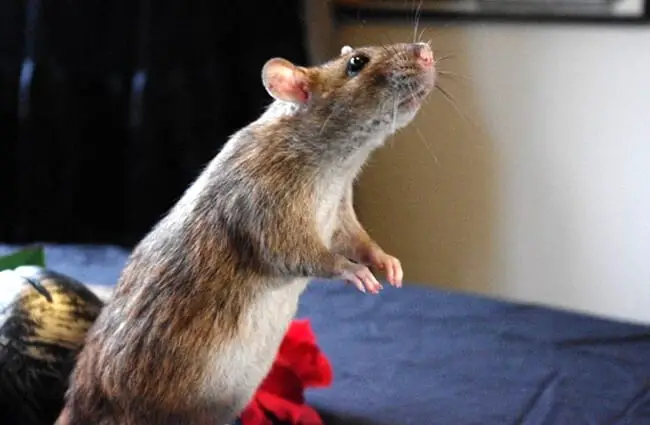
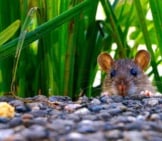
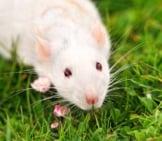
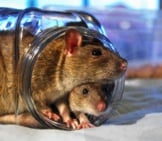


![Red Angus Closeup of a beautiful Red Angus cowPhoto by: U.S. Department of Agriculture [pubic domain]https://creativecommons.org/licenses/by/2.0/](https://animals.net/wp-content/uploads/2020/03/Red-Angus-4-238x178.jpg)












![Red Angus Closeup of a beautiful Red Angus cowPhoto by: U.S. Department of Agriculture [pubic domain]https://creativecommons.org/licenses/by/2.0/](https://animals.net/wp-content/uploads/2020/03/Red-Angus-4-100x75.jpg)

